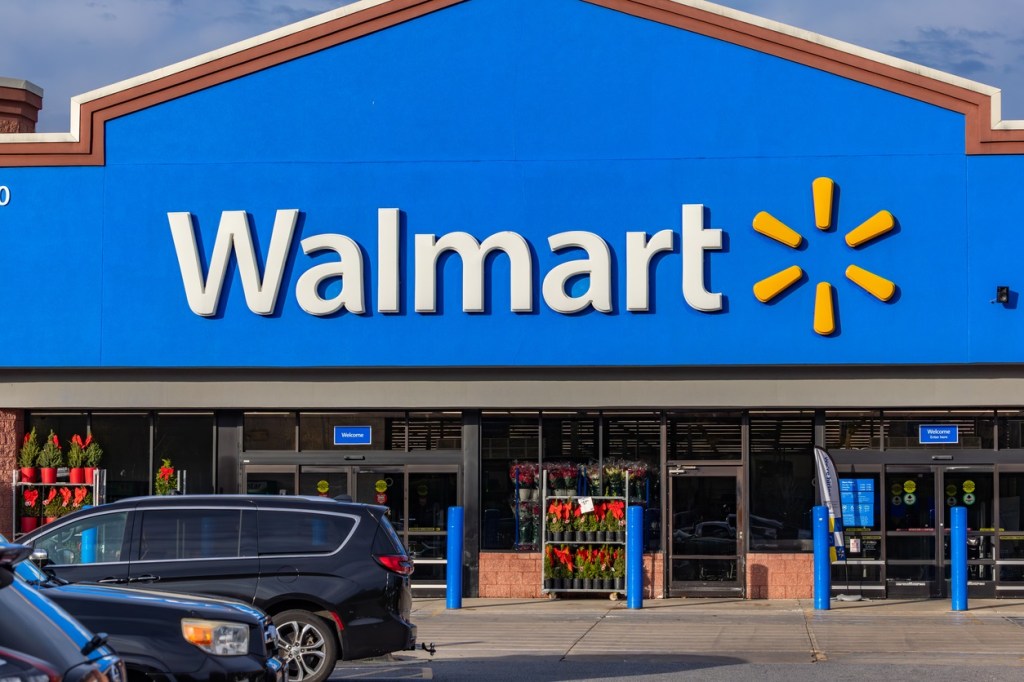Salesforce research shows that on average, consumers engage with nine different touchpoints during the discovery phase of any given shopping journey – that could be starting on a website, moving into store then following up on social media, and so on.
During Covid, as digital surged, loyalty was all about health, safety, convenience and trust. Fast forward to now and that has become the baseline, according to Salesforce vice president and general manager of retail, Rob Garf.
“Consumers expect a frictionless experience; they are demanding better service, more relevancy and more personalisation,” he told Retailbiz in a recent interview.
“As the consumer moves through multiple touchpoints, they want the experience to be picked up at the last place they left off. For example, if they do their research online and then go into store and the associate doesn’t know them, it feels like they’re starting from the beginning again.”
A lot of Salesforce customers that Garf speaks with are rethinking not only the checkout process, but the check in process.
“One of our customers, Suitsupply offers fashionable and formal suits at a value price. When I go in there, they ask for my name and I’m in the system (Salesforce Service Cloud) which has my purchase history, my sizes, my contact details including my address and mobile number so they can text me when an associate is available to assist me,” he said.
There are many variations of hyper personalisation and retailers have been talking about personalisation for the better part of the last decade with features like product recommendations fuelled by AI on their website but there are two advancements that are making it more accessible.
“First, more scalable and extendable ways to manage data and a single source of truth. Second, AI but you can’t do one without the other. Data is the bedrock for AI and it’s fueling the next revolution of personalisation.”

Salesforce Service Cloud.
Using the power of AI to solve a problem
For the last 14 months, almost every conversation Garf has had with retail executives has been about AI even if it wasn’t on the agenda.
“Everyone’s talking about it. When you look at Open AI / ChatGPT, it’s the fastest growing consumer app of all time reaching 100 million users in two months,” Garf said.
“It’s become a boardroom conversation. When our retail customer advisory board met last Spring in Chicago (Autumn in Australia), GenAI was still in its infancy, but AI was on the agenda and we had a dynamic discussion around its benefits. Some executives were solely focused on bottom line improvement and creating efficiencies, while others were thinking about it in terms of top line growth, but everybody agreed that it must focus on the experience – not only the customer experience, but the employee experience, especially for front line workers.”
It’s about starting with the customer and working backwards to understand what problems can be solved on their behalf, according to Garf. “The CEO of one of our customers goes into meetings and asks, ‘what problem are we solving on behalf of the customer today?’ Because if you’re not doing that, there’s no north star. Customer experience, employee experience and frontline experience is the common theme throughout the conversation.
“Businesses are using more AI in their marketing. For example, in email campaigns, it’s no longer only using AI to create segmentation, but to draft email copy and subject lines.
“One of our health and beauty customers recorded a 20% increase in click through rate (CTR) when their headline or subject line was generated by AI,” Garf said.
“Search on a website hasn’t been innovated in around 20 years so what if we are going into a world where rather than going to a search box to type in what you want, you’re conversing with a bot? We’re not there yet but that’s where we are headed.”

Businesses are leveraging AI for email campaigns more than ever.
Could GenAI reinvent affiliate sales?
Shopping is changing and it’s no longer about pulling the consumer to a website or store, it’s about pushing the brand to where consumers are.
“At some point, Open AI and Chat GPT will become a place to buy goods. It will essentially reinvent the affiliate sales model,” Garf said.
There’s a lot of talk about chatbots but businesses need to make sure they are humanising the digital experience. For example, Gucci is customer zero of Salesforce Service Cloud with the goal to make every service advisor the top service advisor.
“What does that mean? Making them more efficient and enabling them to deliver the best possible on-brand response.
“It’s not about what’s out there in the world of data but what data is available to help with brand guidelines, product catalogues, customer details and the voice of the customer. Again, when we think about experience, the focus is often on the customer, but there’s also the employee.”
Garf recognises that data presents a huge challenge when we talk about AI because of the challenges with toxicity and bias, which makes trust such an important component.
“The other challenge is that this is a big change. Any time there’s change, there’s pushback, uncertainty and fear, but this isn’t about replacing humans. It’s about using digital and intelligence to improve human capabilities and empower employees, especially front line workers.”
Retailers rethink omnichannel strategies including loyalty
Another area gaining interest in the retail sector is the evolution of the store as retailers rethink their store footprint and the role of store associates.
“Our research shows that 60% of online purchases are influenced by the store so it’s a critical component of the digital strategy. Store associates are becoming social media managers. live streamers and stylists, and these are all touchpoints, whether it’s the last click or a portion of the entire shopping journey,” Garf said.
Retailers are also looking to grow share of wallet from more customers. They know they have loyal shoppers who typically buy the same product or within the same category all the time, so they are thinking about how they can expand on that.

Retailers like Walmart are tapping into last mile delivery.
“More retailers are setting up marketplaces and extending their online assortment. Retailers like Walmart in the US are becoming last mile delivery providers with the WalmartGo Local service, which is their version of Uber. Through a partnership with Salesforce, Walmart is licencing their own software for picking, packing and shipping,” Garf said.
“Because of this, loyalty and loyalty programs are getting a facelift. Phone apps are the new loyalty card. In many cases, that app is the portal or the remote control into the conversation.”
Shopping has become increasingly fragmented, and consumers want friction to be removed so more shopping is happening off the retailers’ platform and happening on marketplaces instead.
“This has been happening for some time, but Temu and Shein are tech disruptors that often don’t even have their own merchandise. They’re essentially becoming the shopping mall of this new generation. They’re able to monetise their ability to create traffic and create community.”
Another example of this is from a couple of years ago. Garf was hosting a dinner in Chicago during a major baseball game. Guests were receiving a pop-up on their phones from Uber with: ‘do you want a World Series Championship Pack now? We can reroute you to the local store that’s on your way home’.
“Uber knew where we were and knew where the inventory was, and they received an affiliate fee for being where the demand was being created,” he said.
“It’s like watching the Barbie movie or seeing Taylor Swift in concert and wanting to buy the merchandise; that’s where demand is being created and it’s likely the future. Commerce, especially online, is no longer just about people coming to a website and helping them buy a brand.”

